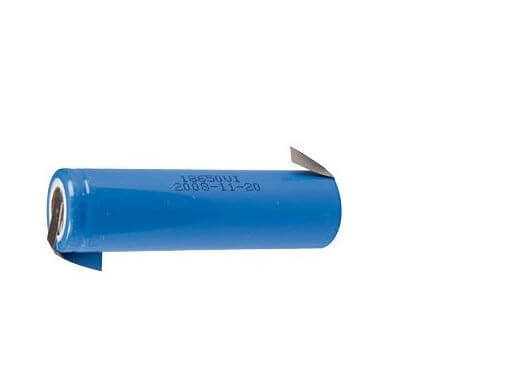Modern mobile devices usually rely on power from lithium-polymer or lithium-ion batteries. Small but subtle difference between the two techniques: The electrolytes required for the ion transport are made of a liquid for lithium-ion batteries, and in lithium-polymer batteries it is made from a polymer-based gel-like film. This makes the polymer version more flexible, allowing it to be bent or twisted in appliances. In principle, however, it does not matter which battery type is installed in your devices: If you observe some basic rules, you can significantly extend its life.
Store properly
Not every device is used daily like the smartphone — just think of battery-powered drills or video cameras.
What you need to know: The higher the cell voltage, the faster the ageing process of the batteries. For this reason, it is better not to recharge devices after use before packing them away. It is better to recharge them again before use.
A state of charge between 55 and 75 percent is ideal for storage. Also important: Batteries prefer it to be cool. At room temperatures of around 20 degrees, a battery loses about three percent of its charge in a month. So it is better to store them in the cool cellar.
Handle batteries properly in winter
Batteries do not like temperatures that are too low either. Quite the contrary: Minus temperatures reduce the battery life significantly.
For a long battery life, you should therefore not let your smartphone get too cold. However, you should not carry your smartphone too close to your body due to the radiation, at least not all the time.
Perfect charging
Over time everyone collects different chargers, for example, for a smartphone or tablet. Therefore it is probably not always the power plug supplied by the manufacturer that is used. Is that bad? Not usually.
You must make sure: The ideal charging voltage for lithium-ion batteries is around 4.2 V.
Since almost all chargers supply a charging voltage of approximately 5 V that is not a problem. Please also make sure that the charging current is approximately 0.6 to 1 times the capacity of the battery in milliampere hours (mAh).
Higher current strengths reduce the service life of the batteries, lower strengths can cause overheating of the charger.
Furthermore: Also charging via the USB ports on PCs is no problem. However, the process takes much longer. A USB 2.0 port provides only a maximum of 500 milliamps (mA). Therefore to fully charge the device it takes approximately 3 times longer than via the socket using the power supply. USB 3.0 improves this situation only marginally as the ports deliver up to 900 mA.
Taboo exhaustive discharge
Each lithium battery has a “final discharge voltage”. This means that the discharge of the battery automatically ends at a certain voltage. In lithium-ion batteries, depending on the manufacturer, this is at around 2.50 V, and in lithium-polymer batteries at 3.30 V.
If the voltage drops below this value then it leads to exhaustive discharge. In this state there is the danger of a permanent damage caused by the formation of copper bridges in the battery. These can in turn cause short circuits while recharging.
Causes of exhaustive discharge can be faulty battery chargers or outdated batteries. Important: When charging exhaustively discharged batteries, there is a risk of fire.
Correct transport
Special care should be taken during transport and shipping of lithium batteries. These are generally classed as Class 9 dangerous goods by the United Nations (UN). This is the lowest level, Class 1 refers to explosive substances.
For example, if you want to transport your batteries for your camera drone in the car, you should store them in a fire-retardant metal box. When shipping lithium batteries, special regulations apply which are regulated by UN directives.
In general, such consignments must be marked with a special 12 x 11 cm warning label. It is easier when the lithium batteries are fitted in a device, as the smartphone or notebook provide protection for the battery. Tip: Contact the parcel service providers for the applicable terms of carriage.
Image: reichelt













